NVTI target tracking, demoed
![]()
I wrote about the nifty target tracking abilities built in to NVTI’s high end multi camera devices a while back, but got to see them in action in the MIBS electronics room.
![]()
I wrote about the nifty target tracking abilities built in to NVTI’s high end multi camera devices a while back, but got to see them in action in the MIBS electronics room.
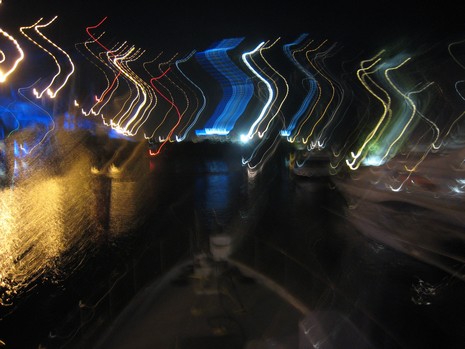
Dear readers, sorry for the dead air! I intended to post at least a few times during MIBS (Miami International Boat Show), but your boy way over-booked himself, and sometimes had a little too much fun. For starters,…

Man, the AIS traffic was heavy out there in the Gulf of Maine! Actually I was using the very neat AIS Simulation software created by Mats Kågstrøm of Firma Mats Kagstrom. Specifically I was testing how many AIS targets a Raymarine E-Series can handle simultaneously, as I got a report from a user who says his resets randomly when more than 100 ships are within range. Well, I did see

This ST70 not only plays pretty well with the various non Raymarine sensors on Panbo’s NMEA 2000 test network, as mentioned earlier this week, but it’s also loaded with neat surprises…

Ah, another way to architect and install a NMEA 2000 network, economical too. If used to the max, Actisense’s brand new QNB-1 “Quick Network Block” takes the place of 6 regular N2K tee connectors, 8 cable connectors, and a separate power supply (like most of this). Plus…
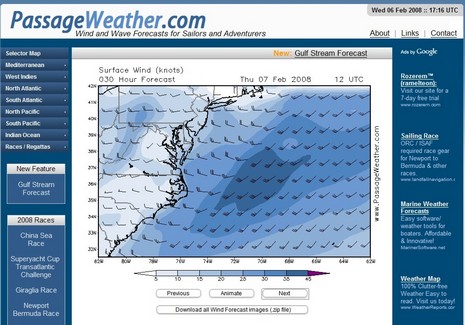
PassageWeather.com is apparently brand new, but impressive, offering…
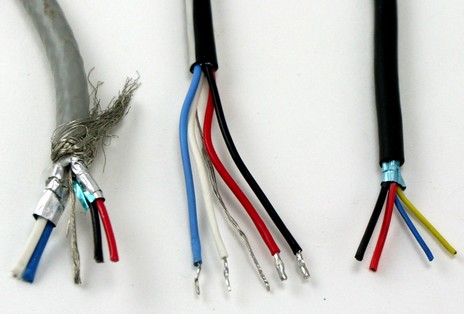
My macro photography needs improvement, as does my cable stripping, but I think this shot makes a point. From the left, the cables above are standard (DeviceNet) NMEA 2000, SeaTalkNG (aka NMEA 2000), and SimNet (aka NMEA 2000). Notice the similarities…
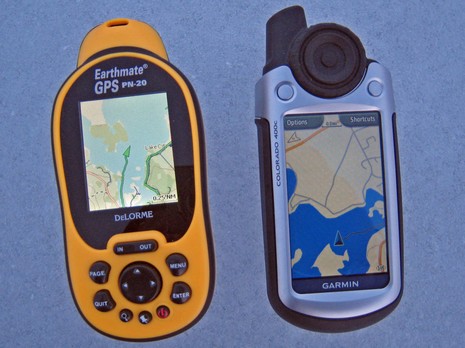
I’ve had a Garmin Colorado here for a week or so, and while there’s a lot to like about it, screen brightness is disappointing (especially given Garmin’s recent fixed plotters). Here it is alongside the…
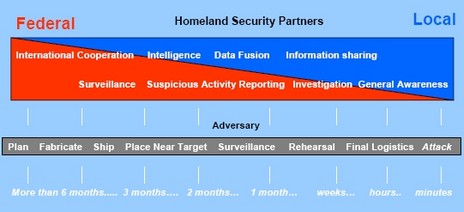
“The nation’s 18 million recreational boaters may need to register their crafts in a national database and place radio frequency identification tags {RFID} on their vessels under plans put forth by a stakeholders group convened by the Homeland Security Department {DHS}.” So says an article in WashingtonTechnology. The idea, um, doesn’t sit well with the editor…
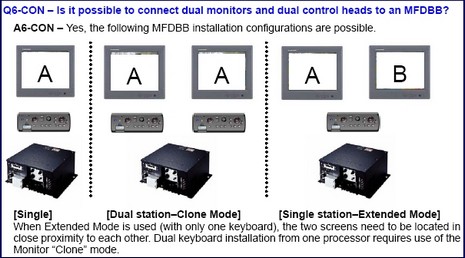
I don’t know when NavNet 3D will actually ship, but the nitty gritty details are emerging. There’s a very useful NavNet 3D FAQ (PDF) up at Furuno’s “Learning Center” (lower right, under Reference Materials). I’ve only skimmed it but was pleased to read…